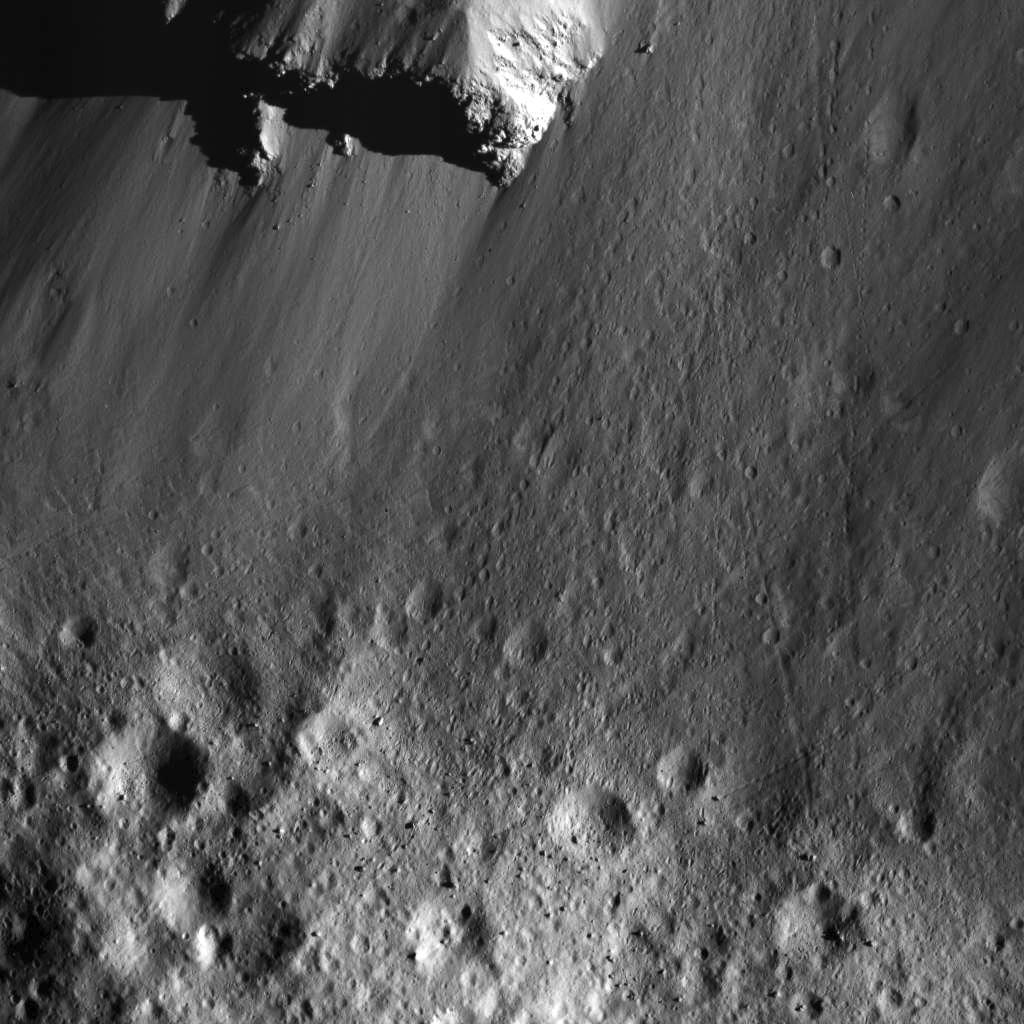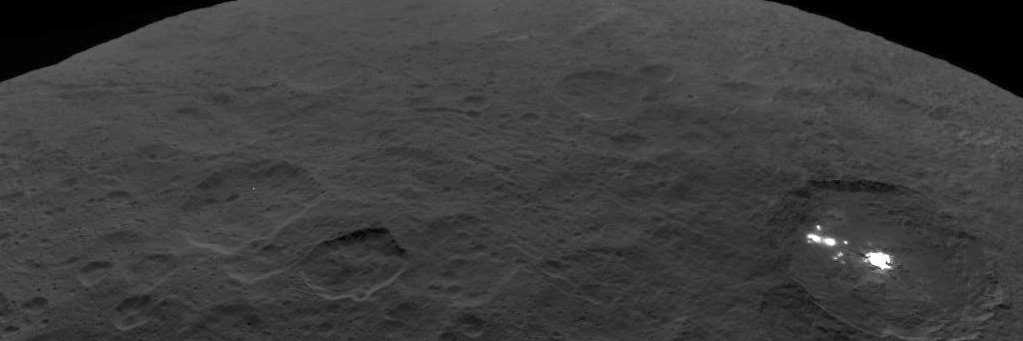
NASA's Dawn Mission
@NASA_Dawn
My mission has ended, but the science continues. Visit @NASASolarSystem for the latest.
Are Ceres and Vesta giant asteroids or dwarf planets and how did our Dawn mission explore them? How do we track asteroids moving through our solar system? And... is Pluto a planet? 🤔 🎧 📲 Listen & subscribe to @NASAJPL's "On a Mission" podcast for more: go.nasa.gov/35lCHqq
Ceres, with a key landmark, the cryovolcano Ahuna Mons, visible on the horizon. This was one of the last views our Dawn spacecraft transmitted before its mission came to an end one year ago. See more from Dawn’s voyage to the asteroid belt: solarsystem.nasa.gov/dawn
The mysterious lonely mountain of Ceres yields some of its secrets 🗻 go.nasa.gov/2WAKiNd

Four years ago today, our Dawn spacecraft captured this sequence as it approached the dwarf planet Ceres. This week, the Space Foundation presented the Dawn mission team with the 2019 John L. "Jack" Swigert, Jr., Award for Space Exploration: go.nasa.gov/2P1OJhT
Our science never gets soggy!
At the dwarf planet Ceres, it’s *always* #NationalCerealDay. “Cereal” and “Ceres” share a namesake: the Roman goddess of grain. Four years ago this week, the @NASA_Dawn spacecraft first arrived at the tiny-but-mysterious world go.nasa.gov/2C8Q2Gl #TBT
Today in 2015, NASA’s Dawn spacecraft arrived at the mysterious dwarf planet Ceres. Dawn’s mission has ended, but here on Earth the science of Ceres goes on. Researchers want to know: what processes drove salty water to Ceres’ surface? go.nasa.gov/2tJny1y
Congratulations @NASA_Dawn and @NASAJPL! Well deserved! 🚀
NASA's Dawn Mission to Receive 2019 John L. "Jack" Swigert, Jr., Award for Space Exploration #SpaceSymposium #35Space spacefoundation.org/news/nasas-daw…
Congratulations to my entire team! The Space Foundation has awarded our mission the 2019 John L. "Jack" Swigert, Jr. Award for Space Exploration. What an honor it was to help extend the legacy of explorers like Captain Swigert into the asteroid belt: solarsystem.nasa.gov/missions/dawn/

As we both approach the end of our missions, let me just say, it’s an honor to have flown with you, @NASAKepler. “The Coincidence Between Two Overachieving NASA Missions:”go.nasa.gov/2RlSWwy #DuskforDawn

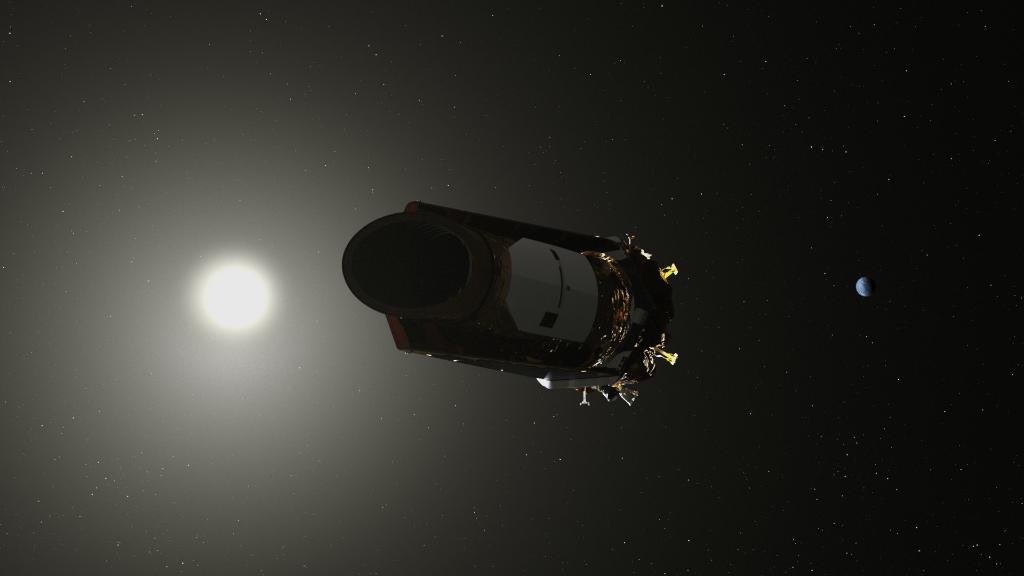
Oh, the places I’ve been. Look back at 11 years of discovery in just 60 seconds. More highlights: dawn.jpl.nasa.gov/mission/toolkit #DuskforDawn
Let me explain... No, there is too much. Let me sum up. How do you capture an 11-year odyssey through the asteroid belt to study the origins of the solar system? It’s not easy, but we gave it a shot: go.nasa.gov/2OdANjv #DuskforDawn
From fuzzy dots to worlds: what we knew about #Vesta and #Ceres before my mission to the asteroid belt--and what we know now. dawn.jpl.nasa.gov/features/what-…
Ion engines are not just for TIE fighters! Learn about the high-tech propulsion that made my mission possible: go.nasa.gov/2N1p3mS
Over the last 11 years, I’ve traveled out to the asteroid belt, and looked back to the beginnings of the solar system. Here are some of the highlights: go.nasa.gov/2CwLXyv #DuskForDawn
Have you seen my latest close-ups of Ceres? 📸 Take a look at recent images from my favorite dwarf planet: dawn.jpl.nasa.gov/multimedia/ima…
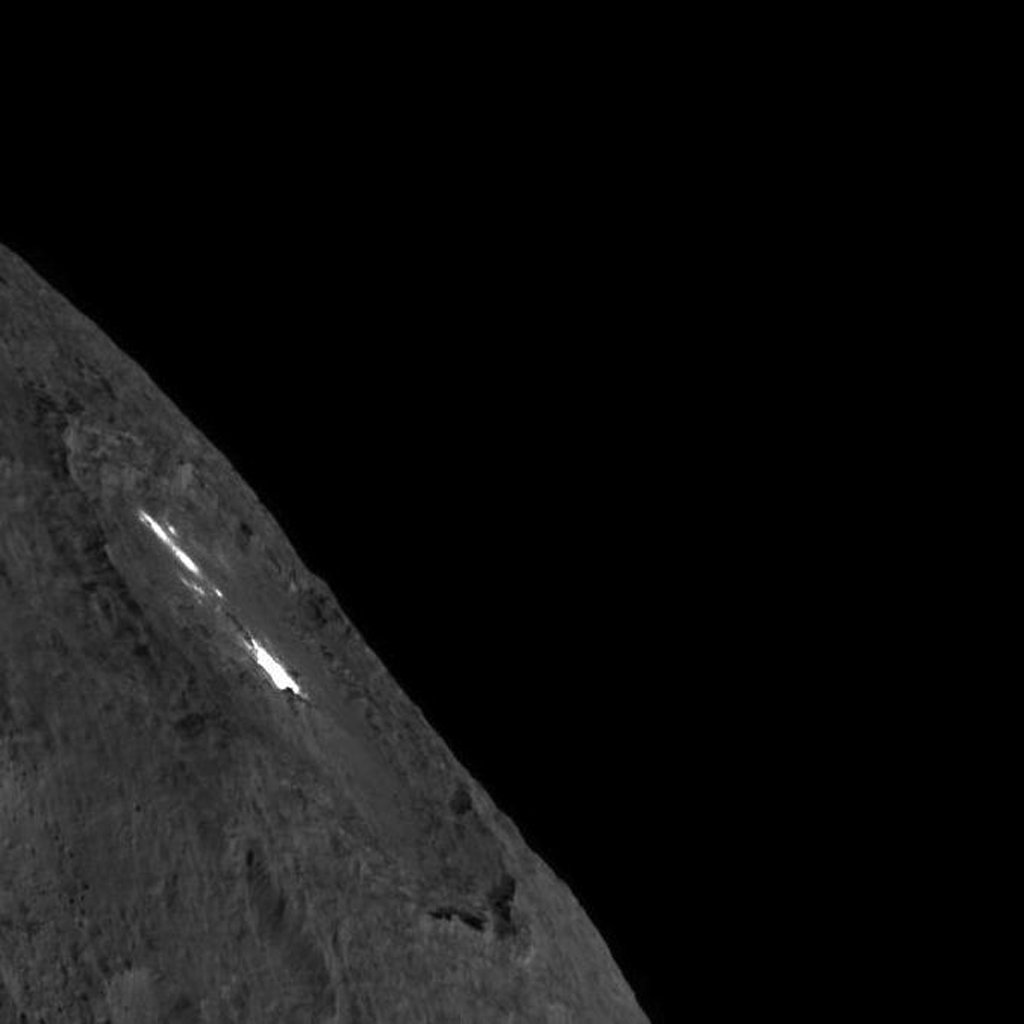
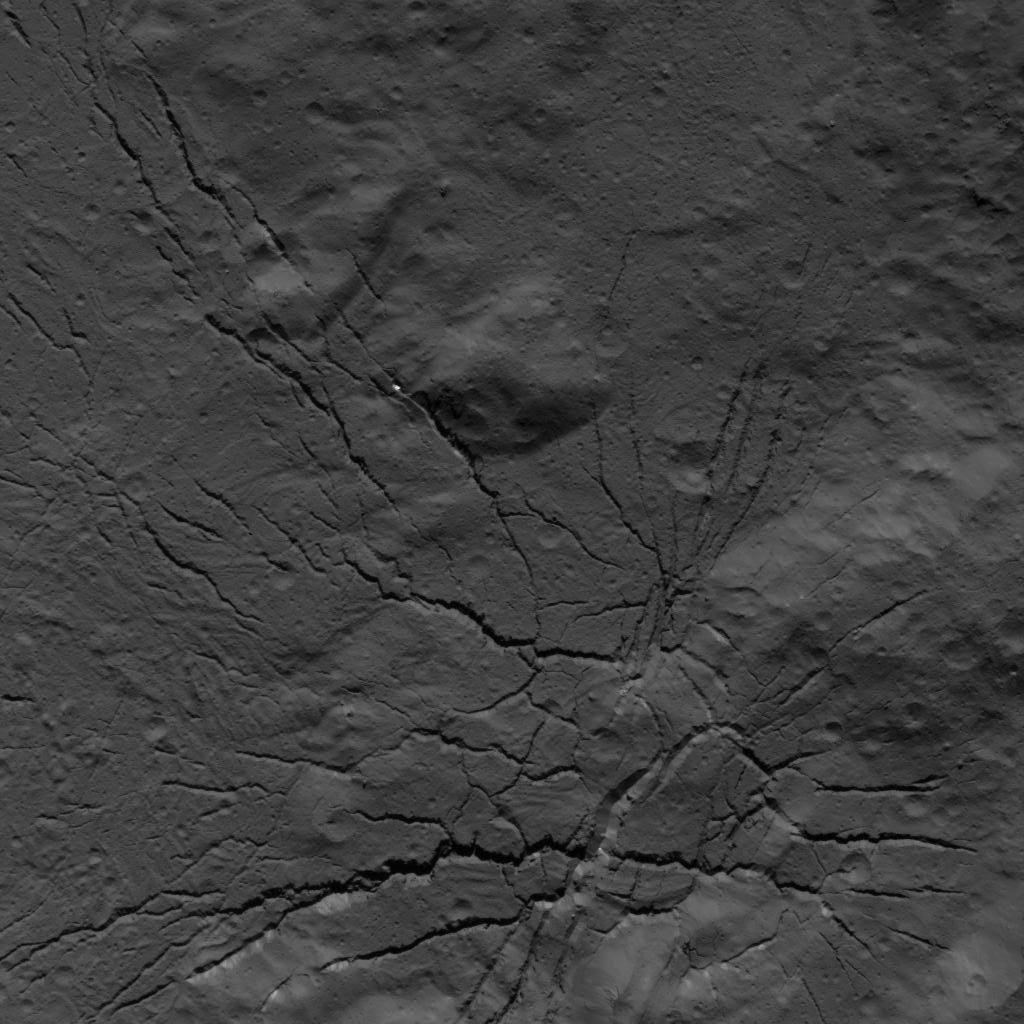

Rolling stones: these tracks in Urvara crater on Ceres came from boulders rolling down the crater’s walls. I captured this view in July, from an altitude of about 28 miles. Details: go.nasa.gov/2xBQSte
